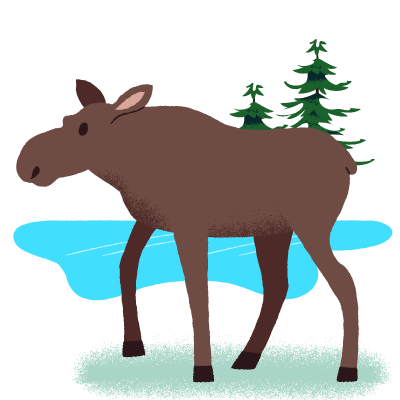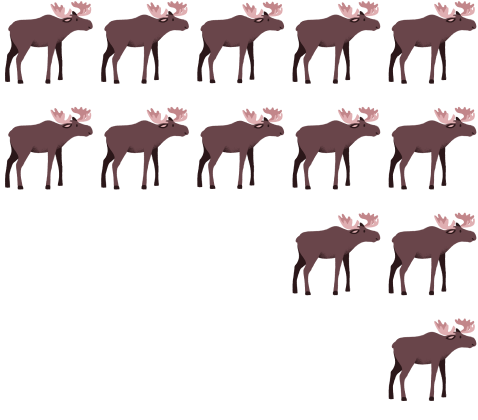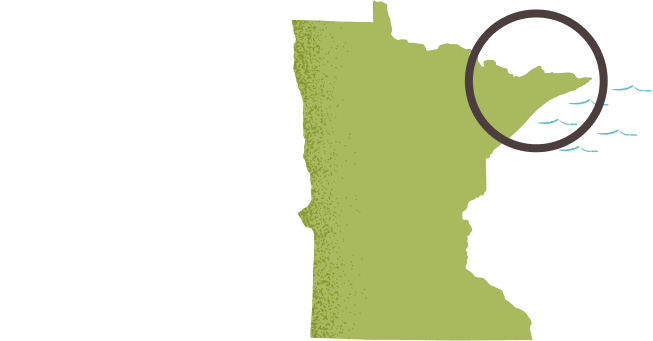2020 Minnesota Moose Report
How has Minnesota’s moose population declined?
This graph shows the moose population trends in Minnesota over the last 25 years. Long-term moose counts are important for understanding the year-to-year differences that would be missed in a single-year survey. The northwestern Minnesota moose population is estimated to be 100 individuals—a number so small that researchers have stopped doing yearly surveys. The northeastern population has declined by roughly 47% since 2006, but the population has since stabilized in the study area.
Read the report

